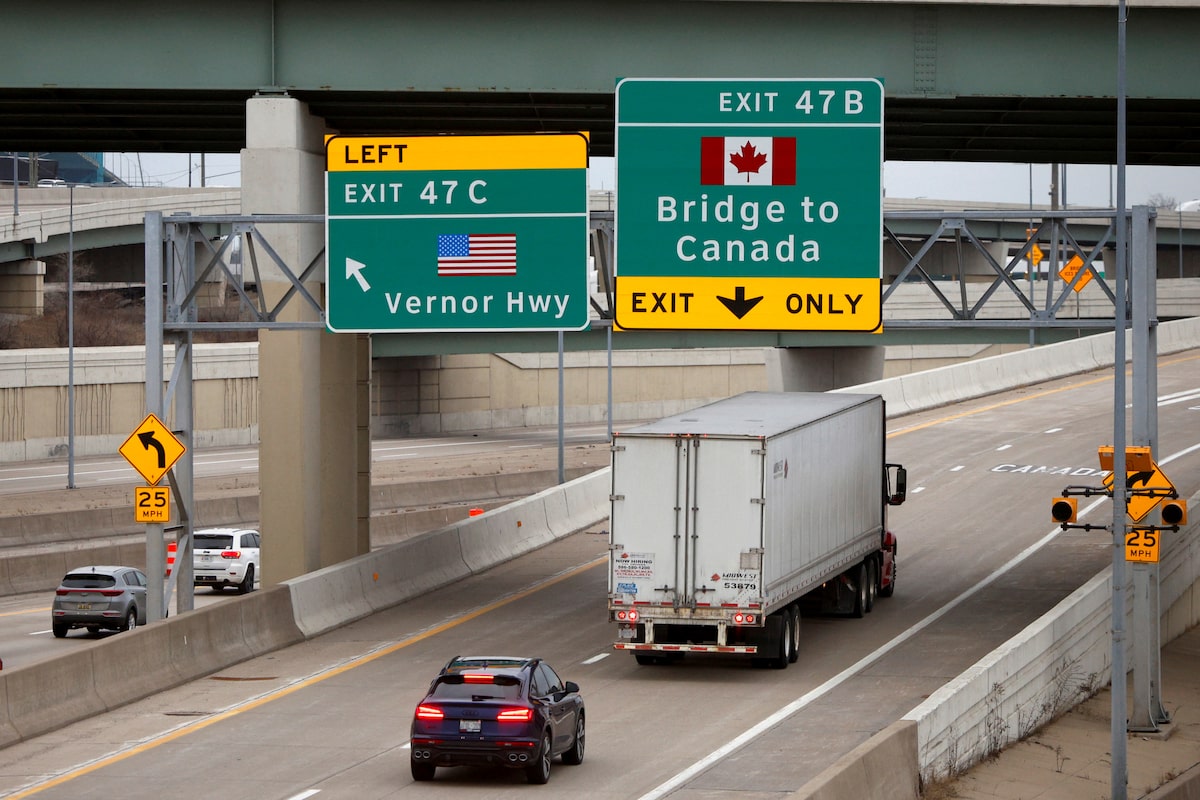The American economy is showing signs of strain as the effects of former President Donald Trump’s tariffs begin to materialize. Once dismissed as a hollow threat, these tariffs are now causing ripples of concern among U.S. companies, consumers, and investors. This article delves into how these tariffs are impacting consumer confidence, inflation expectations, and business strategies, providing an expert analysis of the unfolding economic landscape. Key figures like Scott Bessent are closely watching these developments.
Initially, the markets shrugged off Trump’s trade policies, buoyed by promises of lower corporate taxes and deregulation. However, the focus has shifted as the reality of tariffs hits home, overshadowing the earlier optimism. Today, we explore the specific ways these tariffs are affecting the American economy, from stock market fluctuations to shifts in consumer behavior and business planning.
Stock Market Reaction to Tariff Announcements
The immediate impact of Trump’s tariff announcements was felt in the stock market. On the day the President declared the implementation of 25% tariffs on goods from Canada and Mexico, the U.S. stock market experienced a notable downturn. The S&P 500 index, a broad measure of U.S. stock performance, fell by 1.8%, while the technology-heavy Nasdaq Composite dropped even further, declining by 2.6%. This volatility reflects investor apprehension about the potential economic barriers and trade disruptions caused by the tariffs.
This market reaction underscores the sensitivity of investors to trade policy changes, particularly those that could escalate into a full-blown trade war. According to a report by Canadian Imperial Bank of Commerce (CIBC), the market had initially anticipated that deregulation and tax policies would take precedence, but tariffs have now become the dominant concern.
Consumer Confidence and Inflation Expectations
Recent surveys indicate a concerning trend: American consumer confidence is waning, while inflation expectations are on the rise. These shifts in sentiment are directly linked to the imposition of tariffs, which are driving up the cost of goods and services. As consumers face higher prices at the checkout, their confidence in the economy’s stability diminishes, leading to a more cautious approach to spending.
According to a survey by The Conference Board, consumer confidence experienced its most significant monthly decline since August 2021. This decrease coincided with a notable increase in the number of respondents mentioning tariffs as a cause for concern. “Comments on the current Administration and its policies dominated the responses,” the report stated, highlighting the direct impact of trade policies on consumer sentiment.
U.S. Businesses Scramble to Adapt to Tariffs
American businesses are actively preparing for the disruptions and increased costs associated with the new tariffs. This preparation includes reevaluating supply chains, negotiating with suppliers, and exploring strategies to mitigate the financial impact on their bottom lines. Many companies are facing difficult decisions about whether to absorb the higher costs or pass them on to consumers.
In the ISM Manufacturing Index report, Timothy Fiore, chair of the ISM manufacturing business survey committee, noted that “Prices growth accelerated due to tariffs, causing new order placement backlogs, supplier delivery stoppages and manufacturing inventory impacts.” This statement underscores the immediate challenges manufacturers face as they navigate the complexities of the new tariff landscape.
Sector-Specific Impacts of the Tariffs
The tariffs are affecting various sectors of the U.S. economy in distinct ways. From recreational vehicles to footwear, companies are reporting expected price increases and potential margin compressions. These sector-specific challenges provide a granular view of the broader economic impact of the tariffs.
Matthew Wagner, president of Camping World Holdings Inc., anticipates that manufacturers will likely raise prices on new-model-year changeovers due to the tariffs. Similarly, Edward Rosenfeld, chief executive of shoe retailer Steve Madden, warned of potential profit margin crimps due to U.S. tariffs on China, as input costs rise. These examples illustrate how specific industries are bracing for the financial repercussions of the new trade policies.
Economic Indicators and the Prevailing Uncertainty
While some economic indicators suggest that the U.S. economy remains strong, others are starting to show signs of weakness. This mixed picture underscores the uncertainty surrounding the long-term effects of the tariffs. As economic data continues to emerge, analysts are closely monitoring key indicators to assess the overall health of the economy.
Mr. Jaffery of CIBC emphasized the prevailing uncertainty, stating, “I think we’re going to start to see that uncertainty and the impact of tariffs start to show up fairly gradually in the U.S. data.” He highlighted the importance of monitoring upcoming economic reports, such as the jobs report, to gauge the full impact of the tariffs on manufacturing employment.
Conclusion: The Unfolding Economic Narrative
As the United States grapples with the fallout from Trump’s tariffs, the initial optimism has given way to a cautious recognition of the economic realities. From stock market volatility to declining consumer confidence and business adaptations, the tariffs are reshaping the economic landscape. The situation is further complicated by ongoing inflationary pressures and global economic uncertainties, creating a challenging environment for businesses and consumers alike.
The long-term implications of these tariffs remain to be seen, but it is clear that they are having a significant impact on the American economy. As data continues to emerge and businesses adapt, it will be crucial to monitor these developments closely to understand the full extent of the economic narrative being written.

Leave a Reply